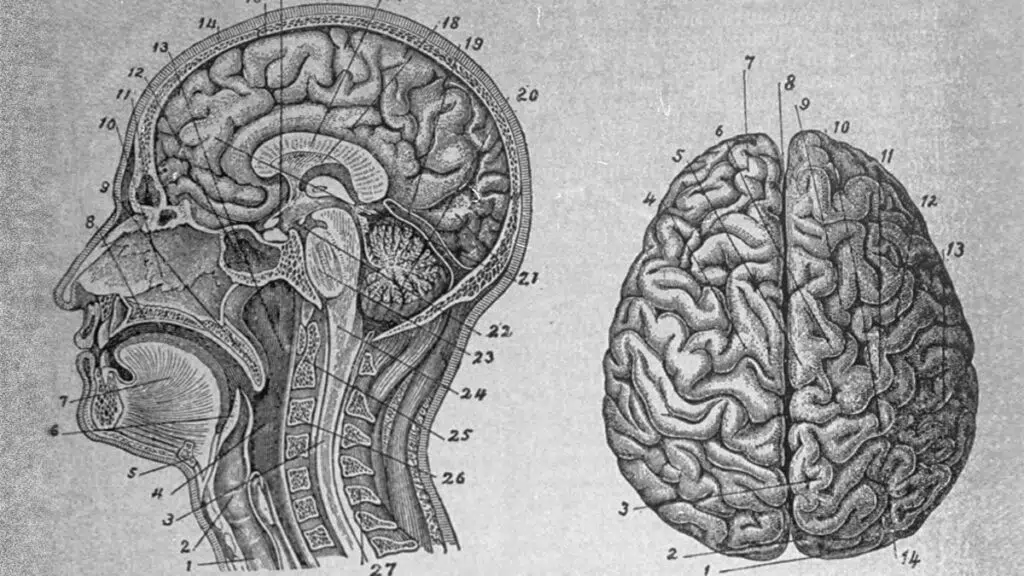
Understanding more about the human brain, and why it doesn’t work as well as we’d like it to
Thanks to the advance of technology, scientists are learning more than ever about how imperfect the human brain is, including variations between the two cerebral hemispheres, which are not symmetrical, as it was once thought they were, but also process things very differently and in ways that can lead to significant problems.
Each hemisphere controls different aspects of the body. For instance, spatial attention is mainly processed in the right hemisphere in most people, while language is mostly processed on the left side of the brain.
It’s been a long-held assumption that the division of processing tasks assures the brain’s work is distributed effectively to its hemispheres and the range of functions is expanded overall.
However, lateralization — the way the brain processes certain functions more in the left or right hemisphere — varies between individuals. In fact, there are a minority of people whose brain functions are flipped, inverted images of how the brains of most folks are ordered. In fact, even people with more typically arranged brain functions may still differ in how much certain areas of their brains process specific tasks. Earlier studies suggested that this, in turn, can affect functions themselves; Dyslexia could result the left part of the brain doesn’t handle enough language tasks, while and insufficient sharing of processes between the two sides of the brain seems to play a role in diseases such as schizophrenia and hyperactivity in children.
Scientists at the Max Planck Institute for Human Cognitive and Brain Sciences (MPI CBS) and Forschungszentrum Juelich investigated the asymmetry of the distribution of brain tasks and they found subtle variations in the functional organization of brain regions on the left and right cerebral hemispheres. On the left side, regions involved with language processing are most distant from those involved with vision and sensation. On the right side of the brain, the frontoparietal network, which is responsible for attention and working memory, is most distant from those sensory regions.
Study researchers found that individual differences in cerebral functional arrangements were partly influenced by genetic factors while a notable portion is influenced by a person’s experience.
The researchers investigated brain functions using two databases, one containing human brain scans, including those of twins, and the other containing brain scans of 19 macaque monkeys. By comparing monozygotic twins, dizygotic twins, and unrelated individuals, the researchers were able to determine how siblings differ from each other, and therefore, what brain ordering is not genetically determined but due to environmental influences. In turn, the comparison with macaques made it clear where differences between humans and monkeys lie and what organizations of the brain have arisen through evolution. The scientists calculated the differences with the help of low-dimensional, functional brain connectivity assessment programs, which determine the degree to which separate brain regions can work together. The researchers computed the organizational characteristics in each hemisphere and calculated an asymmetry index by subtracting right from left.
“We want to understand why subtle differences between the left and right hemispheres are relevant for language and attention and implicated in various developmental disorders,” said Sofie Valk, head of the study and the Cognitive Neurogenetics research group at MPI CBS. “If we understand the heritability of the asymmetry, this would be an initial step towards understanding the role of genetic and environmental factors in shaping this trait. We may eventually be able to figure out where something goes wrong when the difference between left and right is disturbed.”



